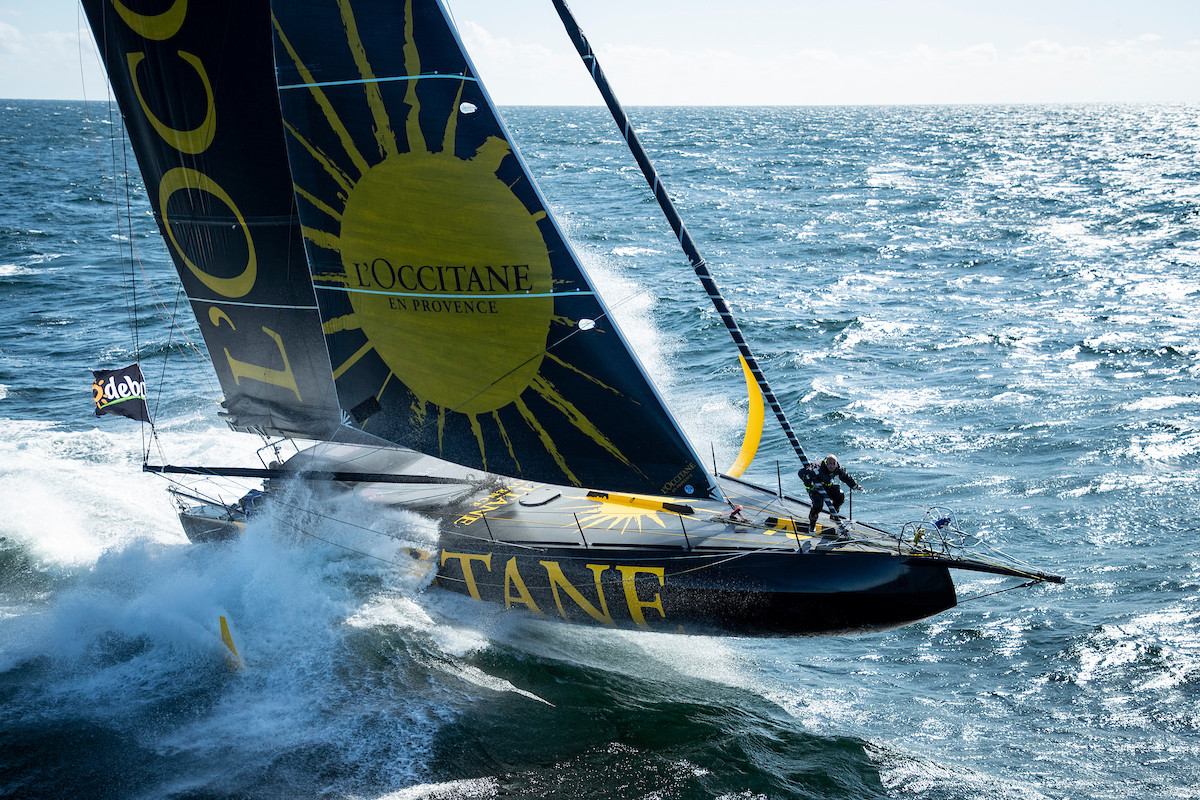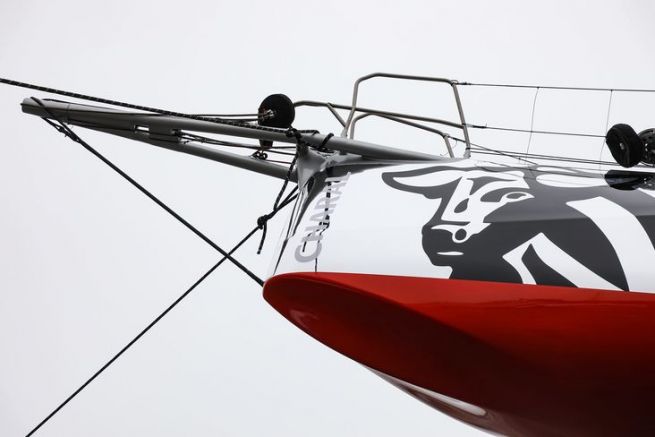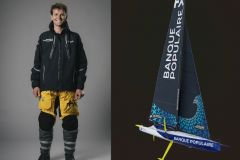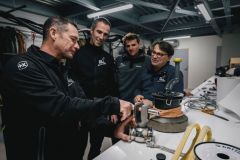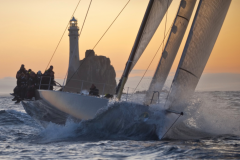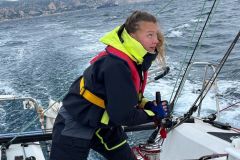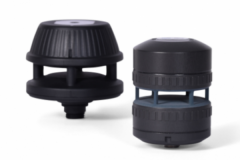Apivia, Charal, Malizia... in IMOCA, Lamotte - Module Création in Class40... For a few years, racing boats - whether in IMOCA, Class40 and maybe soon in Mini 6.50 - have been equipped with spatula bows. If some are born directly with this characteristic - as it will be the case of Charal 2, Manuard plan - it is above all a modification of the bow brought on existing boats.
"It's about updating older hulls. It's used quite a bit in IMOCA, in Class40. And I will probably work on it for the Mini Transat. Until now, this modification was applied on existing boats to improve the behavior of the sharp boats. On a new design, we see things in a more global way. But it can also be from birth, like Charal 2.
In the same way, Maxime Sorel who creates a sistership of Apivia, will certainly have a spatulate bow. But despite everything it remains a modification of an existing boat."
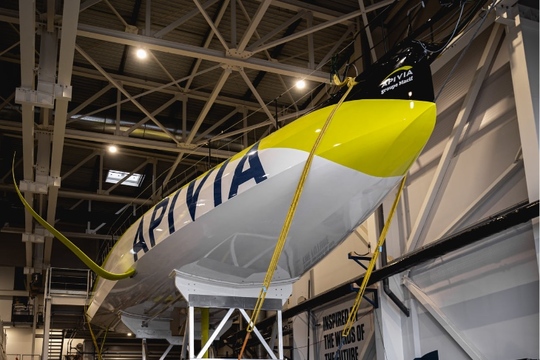
What is the advantage of a spatula bow?
"The spatula bow is of interest for all fast boats, but not only foils. Luke Berry's Class40 (Lamotte - Module Création), which just finished second in the Normandy Channel Race, also has a spatula bow. It is a boat on which we have a lot of hindsight. We could see a rather interesting gain, especially downwind, when the boat catches the waves. It's a real advantage in improving performance in heavy seas downwind. This is true for any racing boat with a classic architecture. It helps to boost the gain of the boats" explains Sam Manuard.
If the bow thruster allows to gain in downwind performance, it also improves the average speed of the boat, but also the comfort on board.
"The spatulated bow reduces loading. And when you put less fuel in the boat, there is less braking. The boat doesn't really go faster, but it slows down less. So it has better average speeds. That's where the gain really lies: having more constant speeds, less braking. This reduces the stress on board. We sail more serenely. It's also less wet. This allows us to move towards a little more comfort, and therefore more performance. We are less exhausted, we push less. All of this contributes to having higher average speeds."
While the spatula bow improves downwind performance, it is less comfortable upwind.
"There is a very small penalty in the light airs upwind but the gain in the big seas presents a much bigger advantage and in the end it's a very positive outcome."
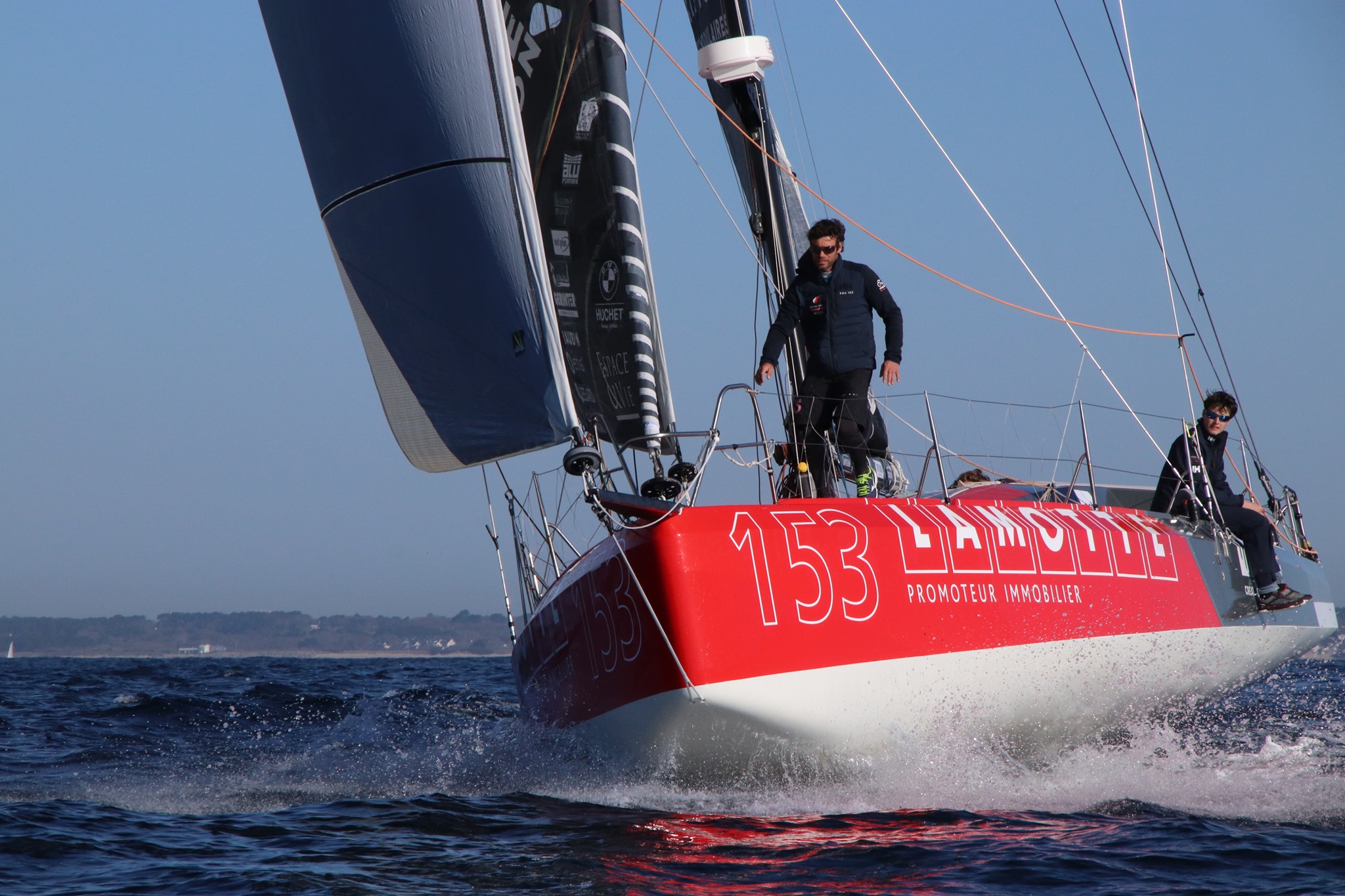
How does it work?
The spatula bow works like a ski spatula or a sled, which allows you not to sink into the powder, but to stay on the surface.
"It's the same principle. The spatulated surface at the front generates hydrodynamic support. It works like a small surface that will help the boat rise. We create lift with speed."
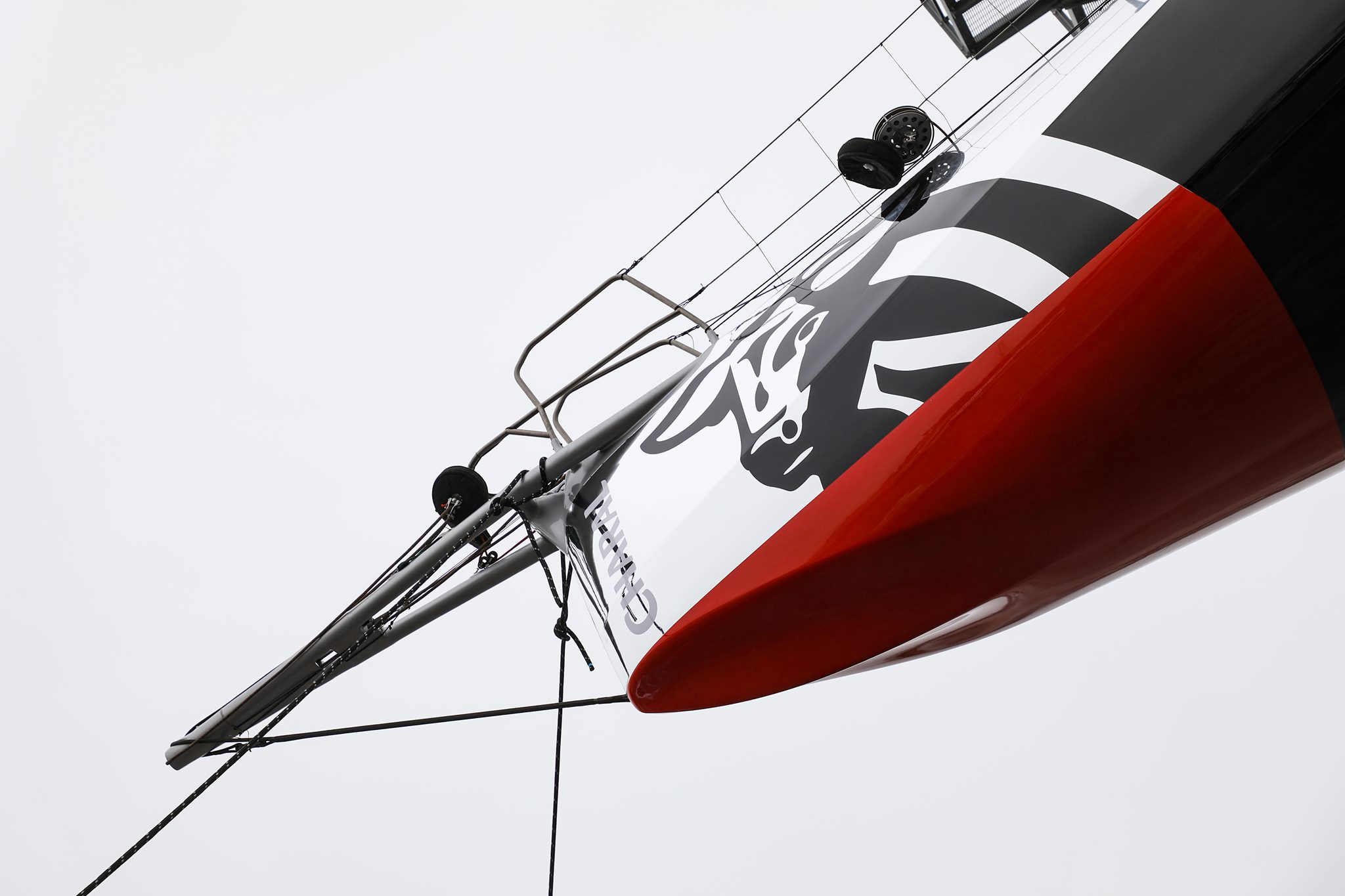
Could we imagine this concept on a cruise ship?
"It's on racing boats that we look for the limit of downwind use. In cruising, we look for a compromise, comfort and speed. In racing, we are only looking for performance. So we have to find ways to compensate for the fact that downwind the boat will find its limit and start to burn out."
What about the scow?
While the basic idea of the bow spatula is equivalent to the scow, the two designs do not have the same effects.
"The scow, in addition to the spatulate bow and also very wide on the quarter or forward third of the boat. It accumulates the effects. This is not the case on pointed spatulated boats. L'Occitane is the first IMOCA to be a scow with a spatulate bow.
